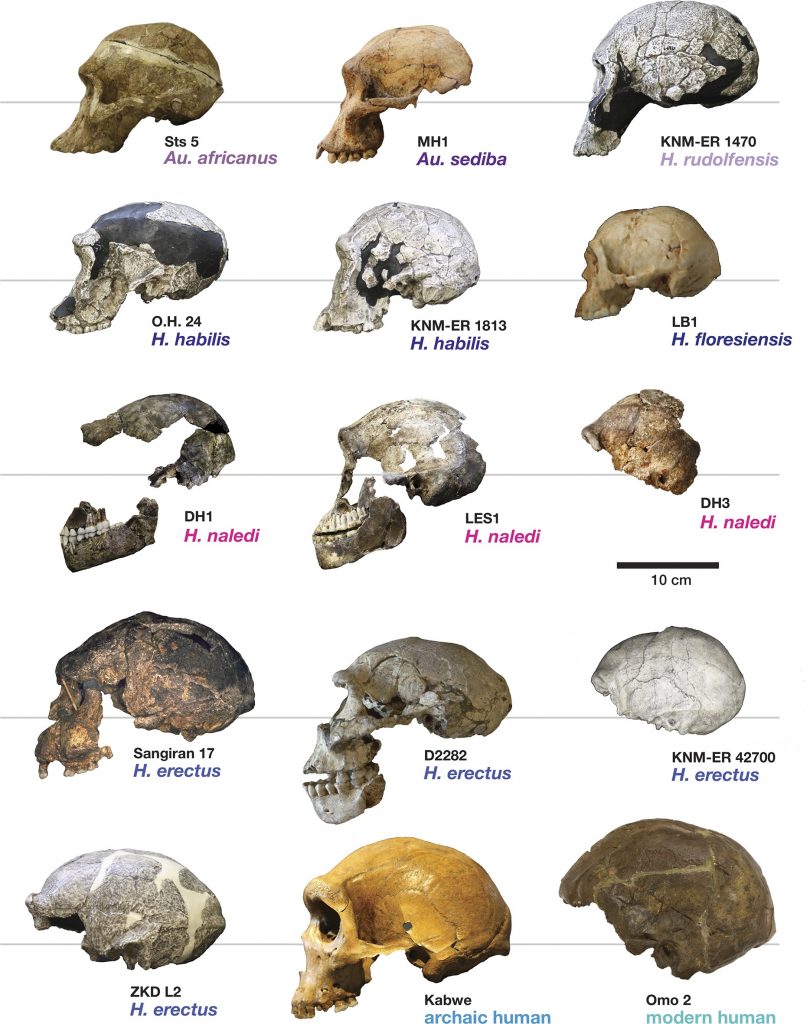New discovery reveals primitive humans lived alongside Homo sapiens in Africa
The finding of new ancient human remains in a South Africa offers new evidence that the Homo naledi people deposited their dead in the cave, according to a BBC report.
Such behaviour is surprising for a human species with a brain third the size of ours. The discovery also means that the naledi people could have overlapped with the earliest of Homo sapies.
In the papers published in the journal eLife, the researchers outline the details of the new specimens and estimated ages of the remain.
The remains if almost 15 individuals of various ages were discovered for the first time in 2013 inside the Dinaledi chamber – part of South Africa’s Rising Star Cave system. The researchers also examined a second room kown as Lesedi. The remains from this chamber have not been presented so far.
The latest specimens include the remains of at least three individuals, two adults and a child. The male specimen has been names “Neo”, which means “a gift” in the Sesotho language of southern Africa.
The examinations show that Homo naledi was alive at the same time and in the same region of Africa as early forms of Homo Sapiens. The finding offers insight into the diversity of different human forms existing during the Late Pleistocene,
“Here in southern Africa, in this time range, you have the Florisbad skull, which may be an ancestor or close relative of modern humans; you’ve got the Kabwe skull, which is some kind of archaic human and possibly quite divergent; you’ve got evidence from modern people’s genomes that archaic lineages have been contributing to modern populations and may have existed until quite recently,” said Prof John Hawks from the University of Wisconsin-Madison.
“You have this very primitive form of Homo [naledi] that has survived alongside these other species for a million years or more. It is amazing the diversity that we are now seeing that we had missed before.”
The researchers added that the human-sized teeth of Homo naledi probably reflected a diet like that of modern humans.

In addition, Homo naledi had limb proportions just like ours and there is no apparent reason why it could not have used stone tools like Homo sapiens.
“They co-existed because they’re using resources differently,” Prof Hawks told BBC News.
The researchers said that the remains could be up to three million years old based on their primitive characteristics. By analysing the bones and teeth, they were able to constrain the age of the Homo naledi remains to between 236,000 and 335,000 years ago.